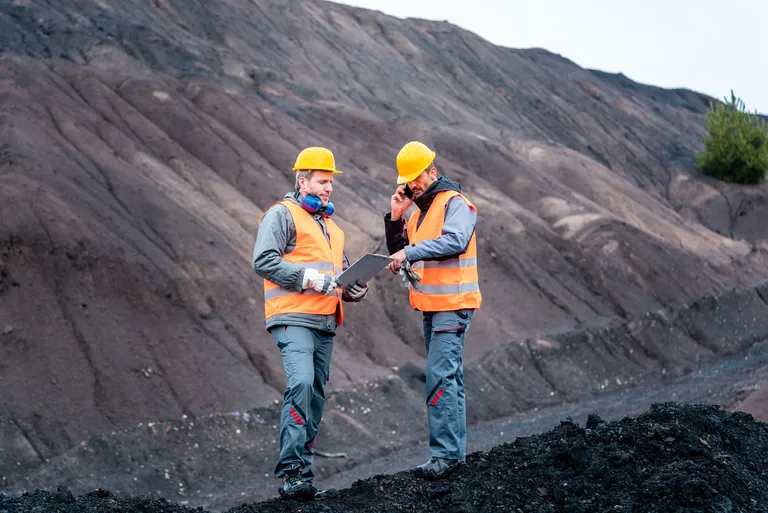The Ultimate Guide to Contractor Induction: Best Practices and Tips
Grace Clueit 4 min readDiscover essential best practices and tips for effective contractor induction. Enhance safety and efficiency in your projects.

Introduction to Contractor Management
Contractor management is the process of sourcing, evaluating, hiring, overseeing and rating your contractors.
It’s so important that your contractors have been properly inducted prior to starting work. Contractor inductions ensure your workforce are compliant, have the correct documentation and been trained and verified prior to starting work, as well as incident reporting and follow up processes.
Contractor induction software helps you streamline the contractor induction process and ensure you’ve covered all of the important steps without overcomplicating it.
Safety Induction Procedures
Safety induction procedures should cover a range of items that prepare contractors for safe work:
Online Induction Software
Altora’s Induction Software streamlines the entire process of onboarding contractors, from start to finish. Our modern, intuitive system provides a centralised dashboard for managing all aspects of your workforce’s induction, ensuring compliance and improving efficiency.

Onboarding and Compliance:
Before a contractor arrives on site, they can complete their induction remotely and at their own pace on any device. This ensures they are fully trained and have all the required documentation and qualifications up-to-date.
On-site Monitoring and Safety:
When workers arrive, they can use a simple QR code to check-in. The system will immediately flag any missing or incomplete items in their induction, so you can ensure everyone on your site is compliant and safe. You’ll also receive automated alerts for expiring documents or licenses, helping you stay on top of compliance.
Report and Optimisation:
Our software provides powerful, real-time reporting and insights. This data allows you to identify gaps in your training, workflows, and processes, ultimately helping you improve the contractor induction experience and maintain a safe, more efficient workplace.
The Induction Process
Here is the general structure and elements of the contractor induction process. We also have a free and comprehensive contractor induction checklist, written by WHS Principal Consultant Gabrielle Condon.
Incident Reporting and Follow-up
Outline the process for incident reporting and follow up procedures including all incidents, minor injuries, property damage and near misses. Contractors should be provided with a confidential process to report any risks, hazards or incidents.
Provide a process for a follow up with a formal investigation. Identify causes as to what went wrong for the incident to occur and discuss actions to avoid reoccurrence in the future. Regularly review and update your incident reporting to ensure the highest standard of care.

Grace Clueit
Marketing Manager
This article was written by Grace Clueit, Altora’s Marketing Manager. Grace has significant experience in marketing and writing.
This content was 100% human-created.